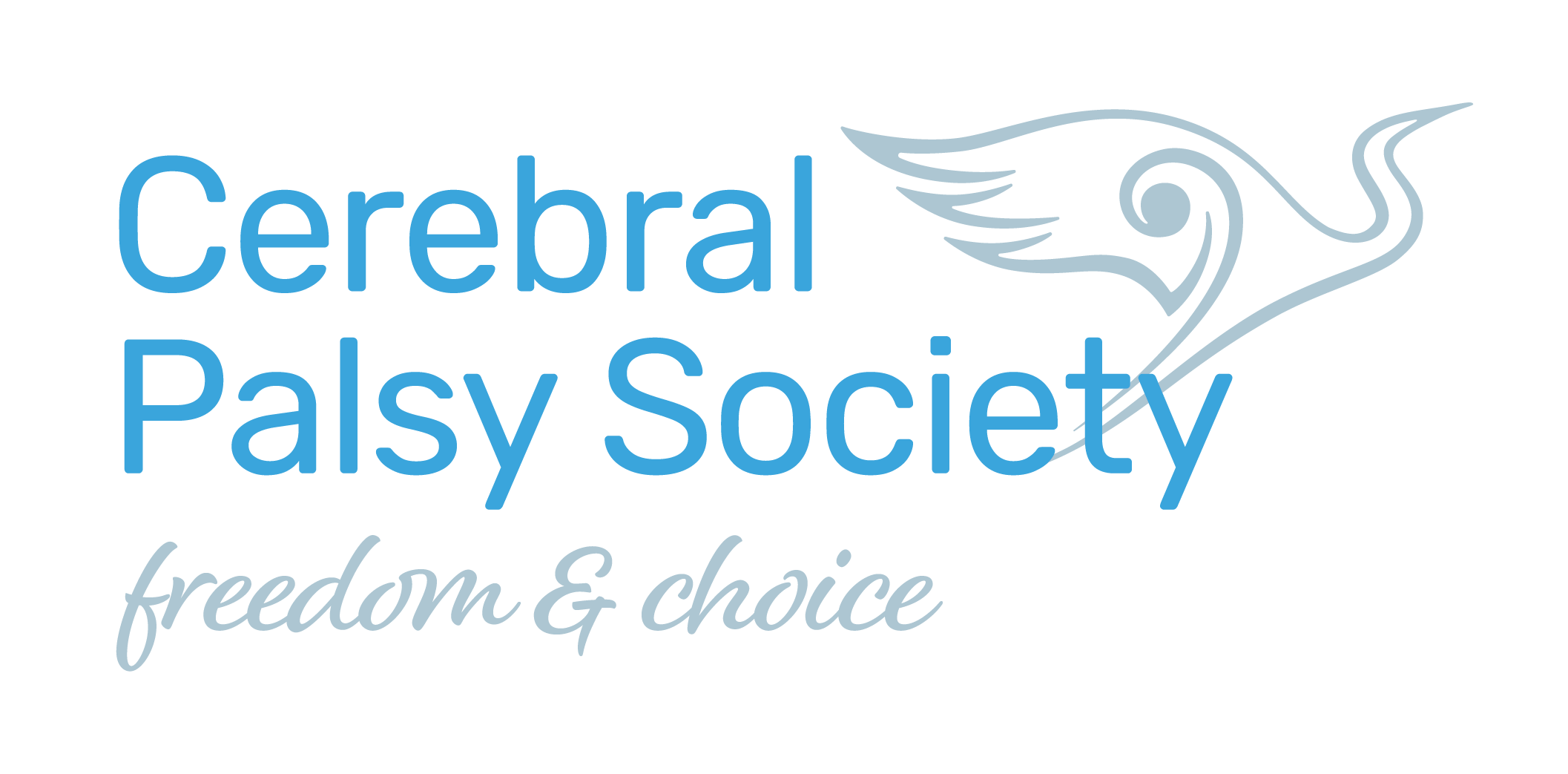Assessments & Outcomes
Assessments are used to understand the types and severity of Cerebral Palsy (diagnosis), to help make predictions about the future (prognosis), to assist with planning interventions and to measure the outcomes or effectiveness of interventions and therapies (outcome measures). Assessments are also used in research.
The assessments and outcome measures which we include on this site have either been developed specifically to be used with people with Cerebral Palsy or are widely understood to be appropriate to use with people with Cerebral Palsy. We have focused on including assessments and outcomes measures which are typically used in clinical practice, rather than in research.
Hip Surveillance Guidelines
Children with Cerebral Palsy are at risk of developing progressive hip displacement. Every child should be referred for hip surveillance at the time Cerebral Palsy is identified.
Early detection is an essential part of the strategy for prevention of further hip displacement, hip dislocation and its sequelae of pain, reduced function and decreased the quality of life. ‘Hip surveillance’ is the process of identifying and monitoring the critical early indicators of hip displacement.
The Australian Hip Surveillance Guidelines for children with Cerebral Palsy (2014) document the recommended process for screening, monitoring and triaging to orthopaedic services as part of the overall prevention of hip dislocation.
Download the guidelines
Two documents are available to guide health professionals in implementing hip surveillance:
Assessment Links
Here are links to the CP Alliance Research Foundation assessments.
- 2D Gait Analysis
- Canadian Occupational Performance Measure (COPM)
- Goal Attainment Scaling (GAS)
- Gross Motor Function Classification System (GMFCS)
- Individually Prioritised Problem Assessment (IPPA)
- Kids-Assisting Hand Assessment (Kids-AHA)
- Mini-Assisting Hand Assessment (Mini-AHA)
- Modified Tardieu Scale
- PEDI and the PEDI-CAT
- Range of Motion (ROM) Assessment
- Six minute walk and push test

